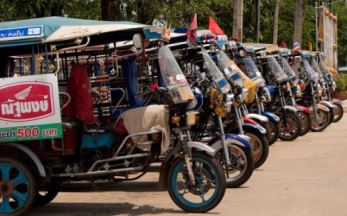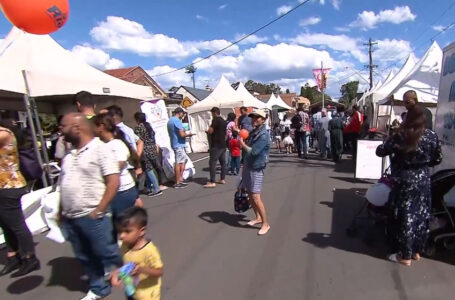Thailand Travel Guide

Would you like to go to a place with great food, tropical climate, fascinating culture, and wonderful beaches? If you answer is yes, you may just find Thailand too tempting to resist. The country sits to the south of Myanmar and Laos, and its southern tip forms the coast of the Andaman Sea and the Gulf of Thailand. With thick jungles, crystal blue waters, food that will make your taste buds sit up and take notice, and equipped with all amenities that a thriving country ought to boast of, we promise Thailand will take good care of you, whatever be your wish.
Here are a few things to see and do over there.
History and culture
If you’re like most tourists, you will land and begin your trip at Bangkok. Though a big city now, it has a rich cultural heritage, with the Grand Palace being the most popular and a must-see spot. The city has a lot of temples too, the most famous one being Wat Phra Kaew, which houses the Emerald Buddha.
The former capitals of Siam, Ayutthaya and Sukhothai virtually brim with Thai history, and the cities of Si Satchanalai and Kamphaeng Phet are both UNESCO World Heritage Sites. If you’re a history buff, these places will offer you all the sights and sounds that you would ever want to be exposed to in Thailand.
For recent history, places like Kanchanaburi have a lot of sights related to World War II. Near the bridge over River Kwai are many war museums that are quite detailed and have impressive collections.
Beaches and Islands
Thailand has a clutch of beaches that you can choose from no matter what your requirement. If you want convenience and ease of travel from Bangkok, Ko Samet is the closest island beach. But it comes at a high price; it is generally sold out on weekends and public holidays.
If you’re looking for a thinly populated beach which you can explore at leisure, Ko Kut should be your choice, but make sure you leave yourself plenty of time to travel up and down.
If you’d like a long walk along a golden beach, you can choose Ko Lanta or Ko Phi Phi, which have been called true paradise islands by tourists over the years. Or you could throw up your feet and enjoy Hua Hin, Thailand’s oldest beach resort.
Natural scenery
The national park closest to Bangkok is the Khao Yai, which acts as a home to various species of macaques, gibbons, deer and various species of birds. If you’re a bushwalker and enjoy the occasional waterfall, Thailand has plenty of them, especially the seven-tiered Erawan Falls in Kanchanaburi. And if you find yourself around Phang Nga Bay, make sure you schedule a trip just to see the gravity-defying limestone formations in the region.
Activities
Thailand is especially known for their massages. For people in the West, a massage is purely a physical exercise, but Thailand draws on Chinese and Indian traditions and builds a massage as a philosophical and psychological journey. Massage parlours are littered everywhere in the country, so make sure you do not leave it without one.
For those who like the outdoors, the Gulf of Thailand coast and the Andaman coast offer a wide range of activities such as snorkelling, surfing and sea-canoeing. The limestone cliffs of Rai Leh offer arguably the world’s best experience in rock-climbing.
Shopping, of course, is integral to life in Thailand. In addition to the malls and electronics stores, make sure you visit the night markets where you will get handicrafts and special goods at bargain prices.
When to visit
November to end of February is a good time because they’re the coldest months in Thailand. March to June would be hot for anyone but the natives – temperatures of 40 degrees centigrade are not uncommon – and July to October is the official monsoon season. So as long as you avoid the summer months, you should be fine.
How to travel within the country
The country is quite large, so if your budget allows for it, use interstate air travel. Otherwise, buses, car rentals and trains abound from Bangkok to whichever place you want to go.
What to eat
Thai cuisine is full of strong and balanced flavours, with lemon juice, lemon grass and fresh coriander used to season most dishes. Thai food has a reputation of being spicy, with hot little torpedo-shaped chillies making their way into practically every dish. Rice and noodles form the staple, while the salads and desserts are tasty too. Vegetarians may have a problem eating in Thailand because all dishes are cooked in fish sauce, so unless the chef knows that you’re vegetarian, ordering a vegetarian food will not guarantee that you’re in the clear.







